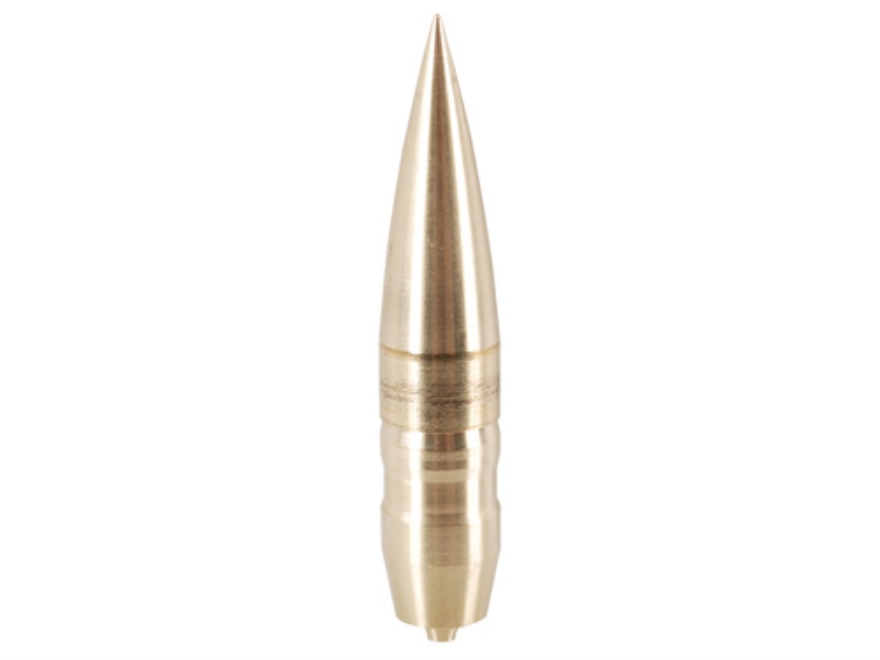Gravity and Bullet Drop
Except in rare cases with extreme wind, gravity is by far the
most significant effect on the bullet while in flight.
Sir Isaac Newton's Law of Gravity states that two objects with
mass will exert a force on each other based on their mass and
the distance between them, as shown in his equation:
In this case, the two objects of interest are the bullet
and the Earth, which is the dominant source of gravity that
effects the bullet. Gravity is the main reason why
shooters do not have the luxury of expecting their bullets
do go perfectly straight. Within physics, there are
equations to deal with this. Similar to Newton's 2nd
Law of Motion, gravitational acceleration (g) is the result
of the force of gravity with the relation given by the
following:
g can then be used in place of acceleration in the generic
equation for position to determine the bullet drop over a
given distance, so long as flight time is known. Keep
in mind that these velocity and acceleration variables
should be used as x and y components of the actual velocity
and acceleration vectors, whichever are appropriate.
If one is considering only gravity as a factor on bullet
flight path, the acceleration vector is equal to
gravitational acceleration. Note that initial velocity
in the down direction (y) is zero.
Fortunately for shooters, these calculations have already
been performed, and even better, tested. So, they can
jump straight to their desired value by referring to tables
produced by cartridge manufacturers. Bullet drop is
what tells the shooters on a very basic level, how much they
will need to adjust scope elevation. Doing this makes
it so that the scope will point at the target but the
barrel will point slightly upwards to arch the bullet
in order to compensate for bullet drop.

